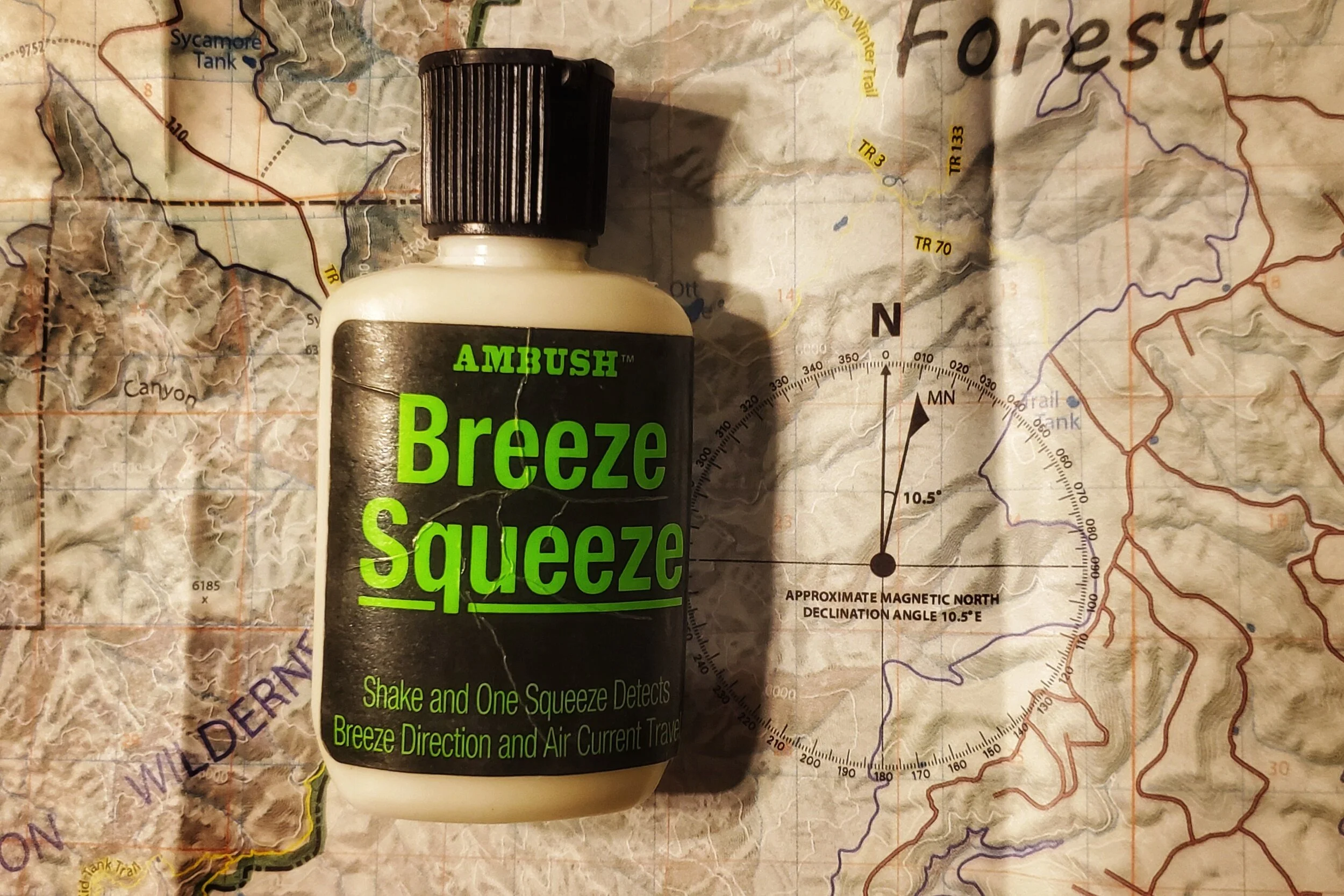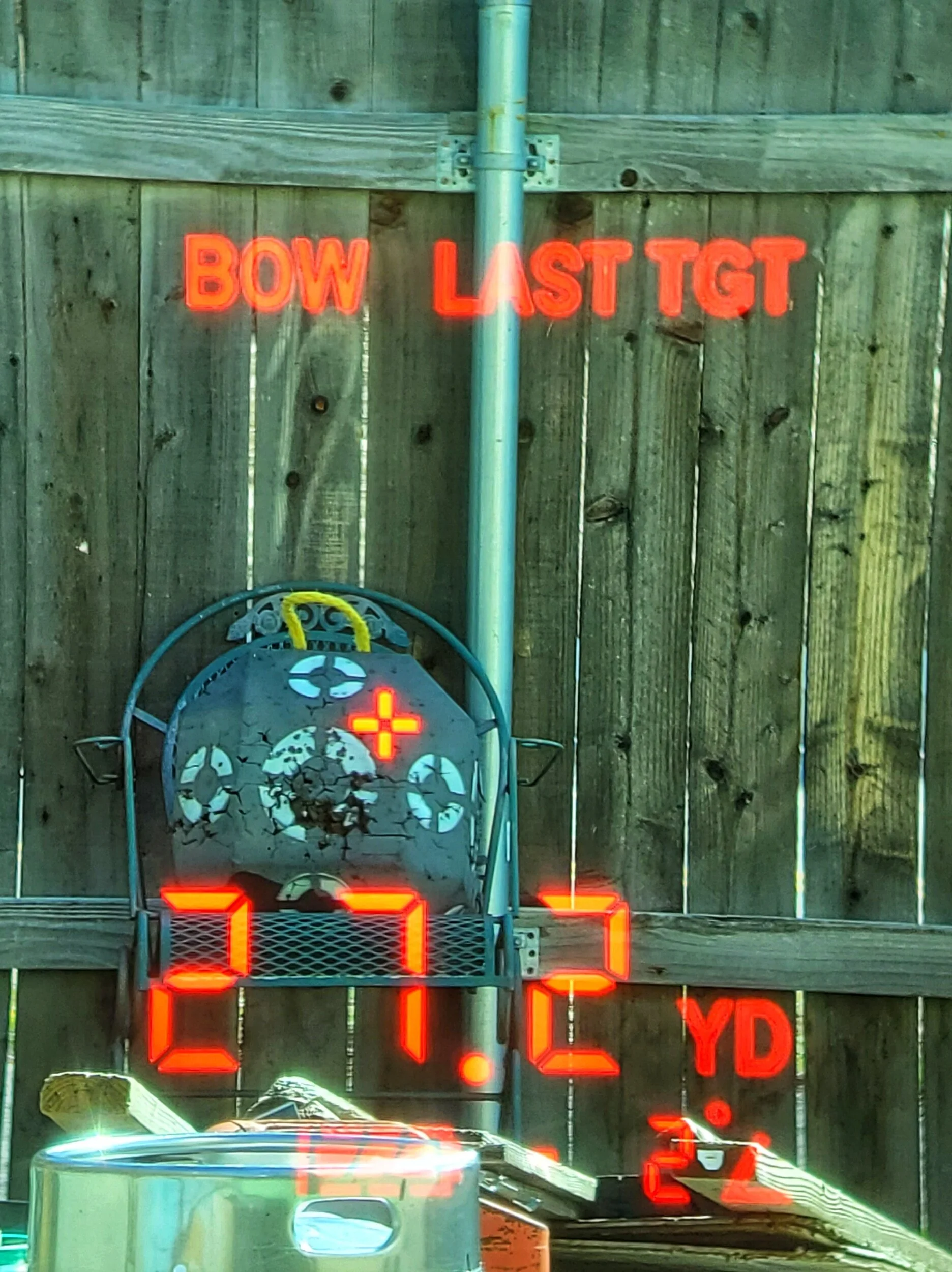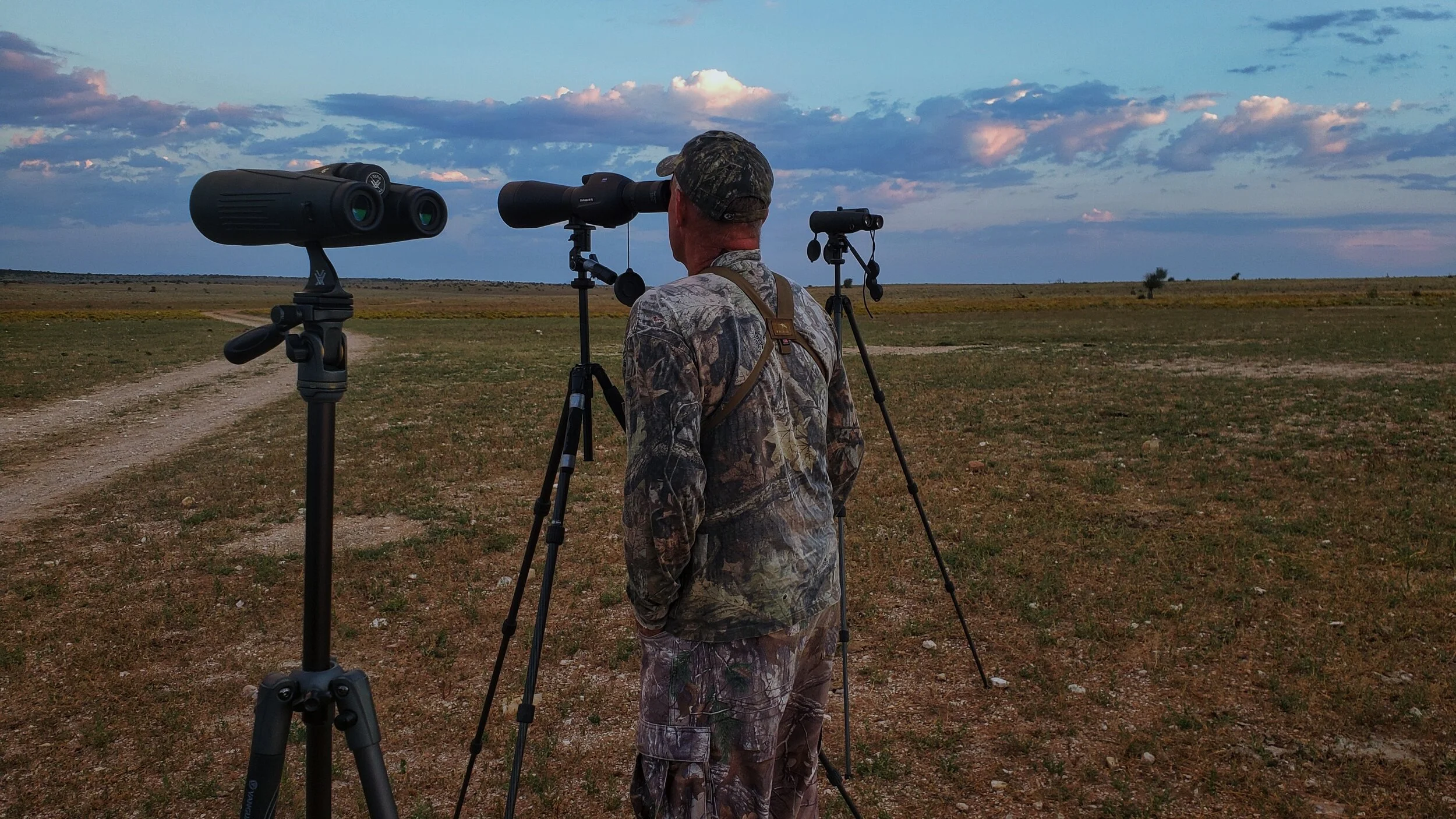Water for Arizona's Wildlife
This article was originally published by ReelCamo Girl on August 25, 2020.
Arizona is a desert. Sure there may be lakes and pine trees in some of the mountain towns, however, the state is Arid, receiving some of the least amount of precipitation in the world in areas of the state.
Yet flora and fauna are abundant.
In the early 20th century, the west saw a huge influx of settlers and ranchers brought cattle, sheep and horses to the region. Without knowing what poorly managed herds and abandoned animals would do to an arid landscape, some native species were hit hard. Along with habitat and forage competition, sheep and cattle brought diseases that were easily transferred to wildlife.
However, extremely few species have become extinct as a result of this. We’ve come a long way in understanding the relationship between wildlife, domestic animals and the environment.
Rancher maintained tank on BLM/Forest Service ground accessible to both wildlife and domestic stock.
While some animals may have disappeared from the region, conservation and reintroduction efforts have been successful in some areas while others still need work if species will have a place to thrive in Arizona once again.
Recently in some areas, feral horses and burros pose a threat to wildlife dispersal as equine will bully wildlife out of a water hole, often lingering for days depleting the resource. Unfortunately federal law prevents any near future remediation of this growing problem.
Unregulated hunting also took it’s toll on animals as they were a food source long before ranches and farms concentrated animals into feedlots and rail systems secured a steady food supply to consumers.
It is no secret that the North American Model for Wildlife Conservation works and is used around the world for growing and maintaining healthy, huntable populations of wildlife. It was recognized that bag limits and seasons coupled with the economic benefit of regulated license holders would benefit the country as a whole.
Huntable game species in Arizona are managed by the Game and Fish Department. Non-game wildlife numbers are monitored by the Non-game and Endangered Wildlife Management Program and the conservation of such species comes from federal funds, grants, lottery dollars and donations.
The success of conservation programs all have a common denominator and that is water. Water is hard to come by in the desert especially when droughts plague the region.
A Non-game specie that has benefited from this realization is The Desert Pupfish. This minnow-like fish can survive in some of the harshest water environments in extreme hot or cold temperatures and in water that is three times saltier than an ocean. The species has been listed as endangered since 1986.
Arizona used to be a secure home to the pupfish but groundwater pumping for cities and introduction of invasive species wiped out habitat. In the Organ Pipe Cactus National Monument, the Quitobaquito Springs were drained and cleared of invasive species and the pupfish was reintroduced into native habitat and currently growing numbers.
A “dirt tank” near Flagstaff, Arizona.
With regards to wildlife in other parts of the state, the 1950s saw a realization that water storage would be a limiting factor to the survival of reintroduced quail and upland bird populations along with bag limits and seasons. Within the next decade, the focus from quail and upland game expanded to include all wildlife.
To date the Arizona Game and Fish department has installed and mostly maintains about 850 wildlife water catchments. These catchments may also be called tanks(bentonite clay lined reservoirs), trick tanks made of metal, concrete or a fabric/rubber type material to funnel water that is stored above or below ground, or guzzlers. Several of these catchments are fenced to prevent cattle and horses from using them since again those animals will linger. Many privately built water sources also exist and mutually benefit domestic livestock and wildlife.
Javelina at a “Trick Tank”. Note the pipe fence preventing domestic stock and horses from intruding.
This time frame also saw the abundant gain of forestry operations and the improvements of range land.
The Forest Service and Bureau of Land Management installed roughly 1000 water catchments each. It was assumed that after these catchments and tanks were constructed, the ranchers were responsible for the maintenance on their allotments or property. These are often not fenced since livestock utilize them and many are in disrepair and not functioning as there is not a sufficient budget for maintenance.
The Arizona Game and Fish along with the Forest Service and Bureau of Land Management do provide some funding for, but donations and volunteers make up the bulk of the repairs and maintenance.
To ensure access to these water tanks and catchments, Arizona Revised Statutes 17-308 states “It is unlawful for a person to camp within one-fourth mile of any natural water hole or man made water containing water in such a place that wildlife or domestic livestock would be denied access to the only reasonable available water”.
Having several water catchments or sources for wildlife helps distribute populations more evenly throughout an area. This helps manage available forage by providing water sources near growing vegetation facilitating natural grazing and migration patterns. Abundant water also lends a hand to the health of a population as lactating mothers produce a better milk supply when water is available.
Mid Summer crowd.
This is where the opportunity for all wildlife enthusiasts both hunter or not can make a difference in conservation efforts.
The following options are available in Arizona.
You can adopt a water catchment. https://www.azgfd.com/wildlife/conservation/watercatchments/
By adopting a catchment, you’re donating your time to a region you enjoy or frequent a lot. Working with the local wildlife manager, a site will be selected and you’re given intervals to complete inspections and report back. Findings are then used to determine management of that catchment.
You can donate money to have water delivered to these catchments. In the time period between January 2018 and September 2019, more than 1.5 million gallons of water were trucked or airlifted to catchments supporting wildlife. Some areas are so remote that the only way to get water there is by helicopter.
The Arizona Game and Fish Department accepts donations to aid in expenses related to delivering this water. You can donate by visiting www.azwildlifehero.com/support-us/make-a-donation Once on that page, select from a drop down list “send water” and complete the donation. Or from your cell phone, text SENDWATER to 41444.
Other non-profit organizations in the state have begun providing water and maintenance as well. The Arizona Elk Society accepts donations here: www.arizonaelksociety.org/project/water-for-wildlife
Arizona Mule Deer Foundation http://www.azmuledeer.org/ and the Arizona Antelope Foundation www.azantelope.org/ accept donations and gladly accept volunteer hours to repair water catchments and fencing to improve habitat.
Finding all the catchments in the state is easy. The Game and Fish department have all of them listed on either Habimap or at AZAccessMap . In addition to water locations, these apps offer maps for wildlife projects, distribution and state wildlife actions plans. The OnX hunt app and Avenza for Flatline Maps also show each catchment in the state as well as installed livestock water locations.
Concrete water catchment near the Grand Canyon.
With water being such an important resource for being successful at maintaining wildlife, it is important for sportsmen and women to know and understand how water works and is distributed in the state of Arizona. It is also important to contribute to efforts to keep water abundant as it is the driving force for species conservation in the state.
Written by Jessica Manuell











